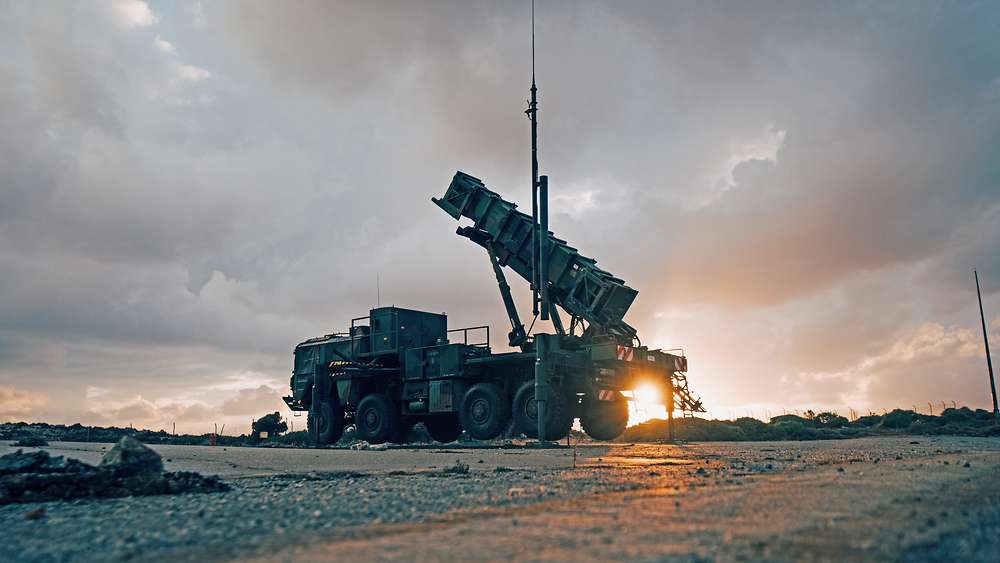Germany reinforces NATO’s eastern flank by deploying Patriot systems in Slovakia
The German Ministry of Defense announced that it will move an undisclosed number of Patriot missile batteries to Slovakia to strengthen NATO’s eastern flank air defense capabilities.
The Netherlands also agreed to deploy a Patriot missile battery, along with a contingent of 150 to 200 troops, to Slovakia.
As for the German mobilization, it was not yet disclosed exactly how many Bundeswehr (Armed Forces) soldiers will go to Slovakia due to the security situation. The number of Patriot weapon systems and where they will be stationed is also kept secret: military security comes first.
According to the German Ministry of Defense (MoD) press release, the aim is to deter potential adversaries and to increase the ability to react in case of a violation of the alliance’s borders.
Wir erhöhen weiter unser Engagement an der Ostflanke: Zur Unterstützung der integrierten #NATO Luftverteidigung verlegen wir PATRIOT-Systeme in die ?? – damit stärken wir die Reaktions- und Abschreckungsfähigkeit der Allianz. https://t.co/q70k1OI76l pic.twitter.com/S3vXRjwoFk
— Verteidigungsministerium (@BMVg_Bundeswehr) March 17, 2022
Patriot PAC3
Given the characteristics of the Patriot missile battery declared by the German MoD, the system to be deployed in Slovakia it´s believed to be the modern PAC-3 (Patriot Advanced Capability) variant, which is better suited for intercepting short-range ballistic missiles.
The choice is not arbitrary, since Russia has been making intensive use of its Iskander short-range ballistic missile complexes (approx. 500 km) during the invasion of Ukraine. These missiles proved to be one of the most effective weapons in the Russian arsenal to destroy or neutralize valuable Ukrainian infrastructure from great distances.
The Patriot system consists of several truck-mounted components: fire control room, multifunction radar unit, generator set, launchers, etc.
In the fire control room, operators direct interceptions. They receive instructions from the higher command post. All decisions are taken in consultation and jointly, because the Patriot system is integrated into the NATO air defense network.

The multifunctional radar unit detects and classifies targets and can track up to 50 targets simultaneously, of which five can be engaged with interceptor missiles at the same time.
The maximum effective intercept range of the PAC-3 missiles is 68 kilometers. These missiles use their own Ka-band active search radar, which provides high accuracy, which is critical because target destruction is accomplished by kinetic force.
Given the smaller size of the interceptor, each PAC-3 battery can potentially carry four times as many munitions as those of previous-generation Patriot systems.

/https://aviacionlinecdn.eleco.com.ar/media/2022/03/Patriot-PAC-3.jpg)
Para comentar, debés estar registradoPor favor, iniciá sesión